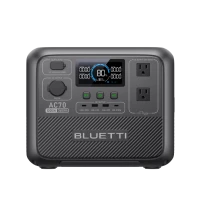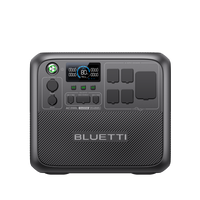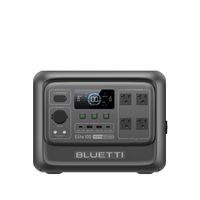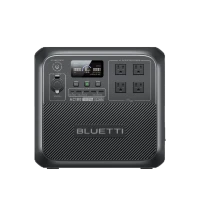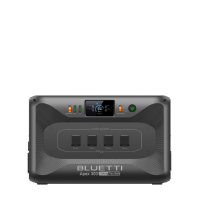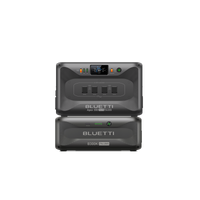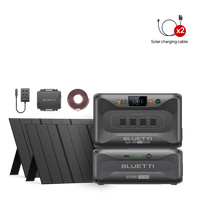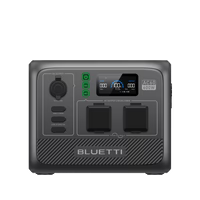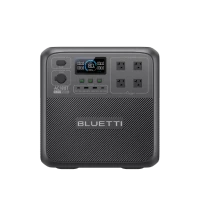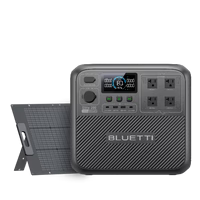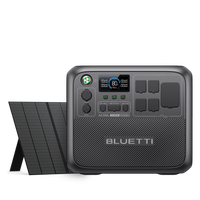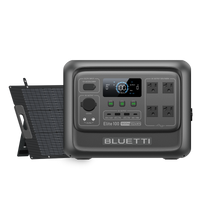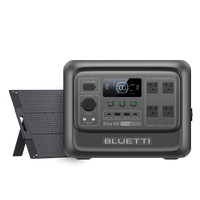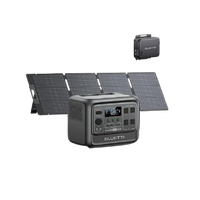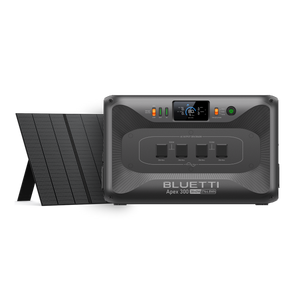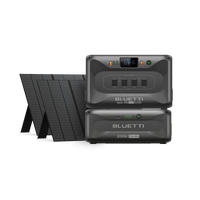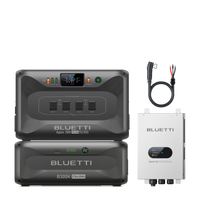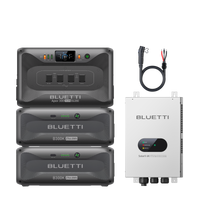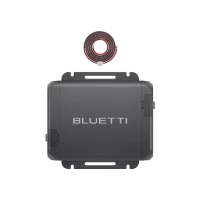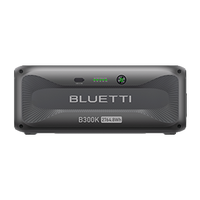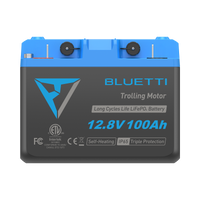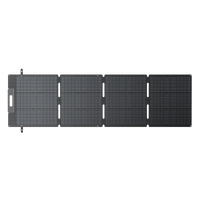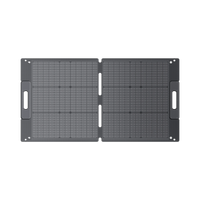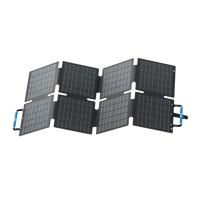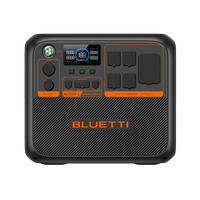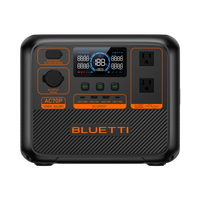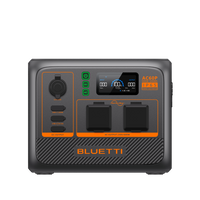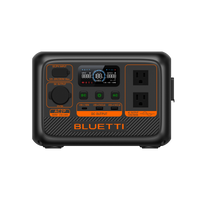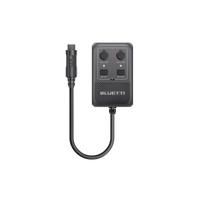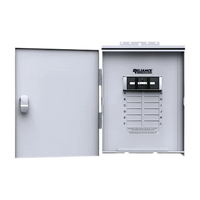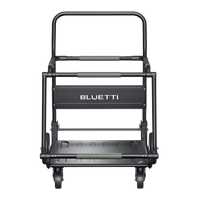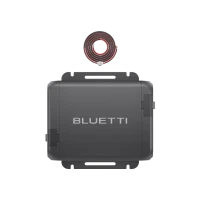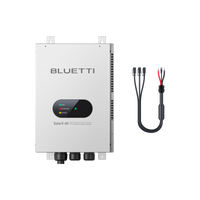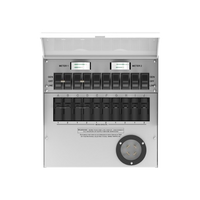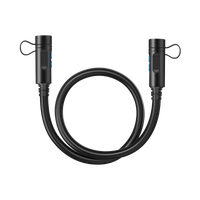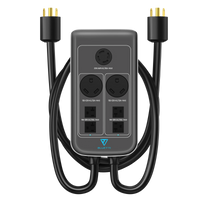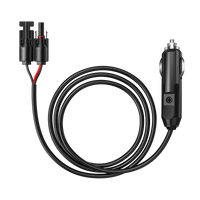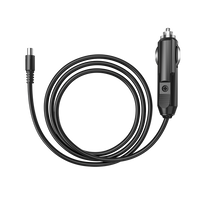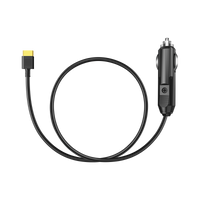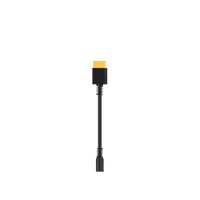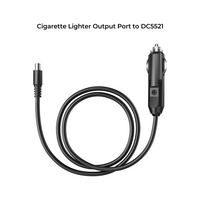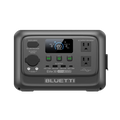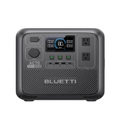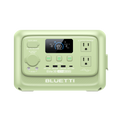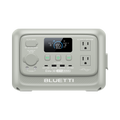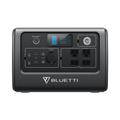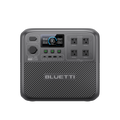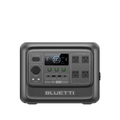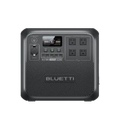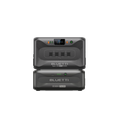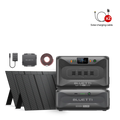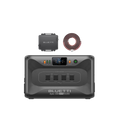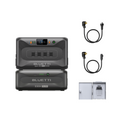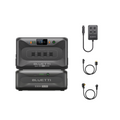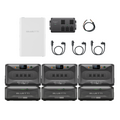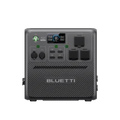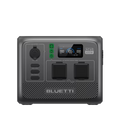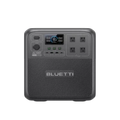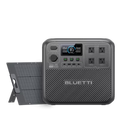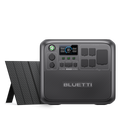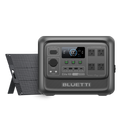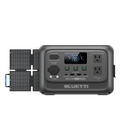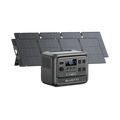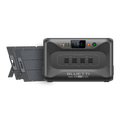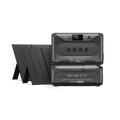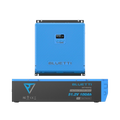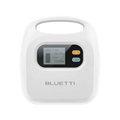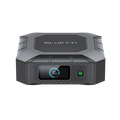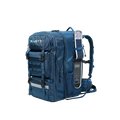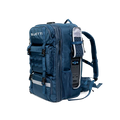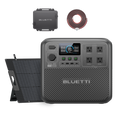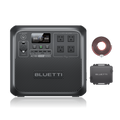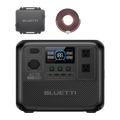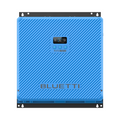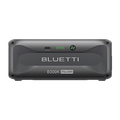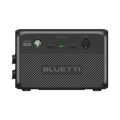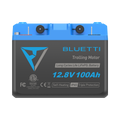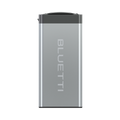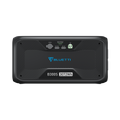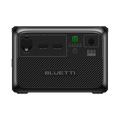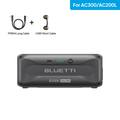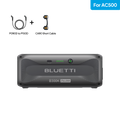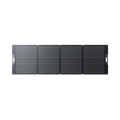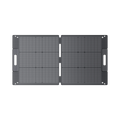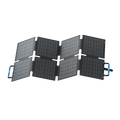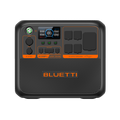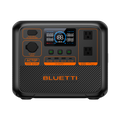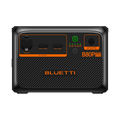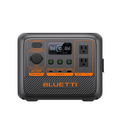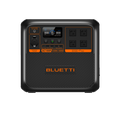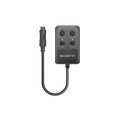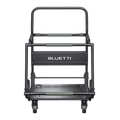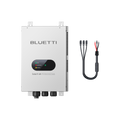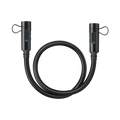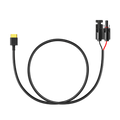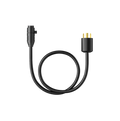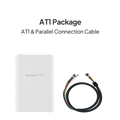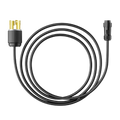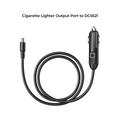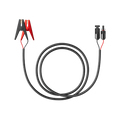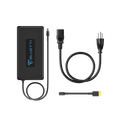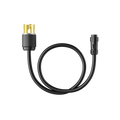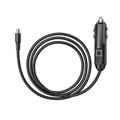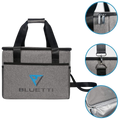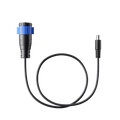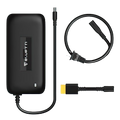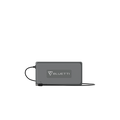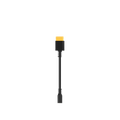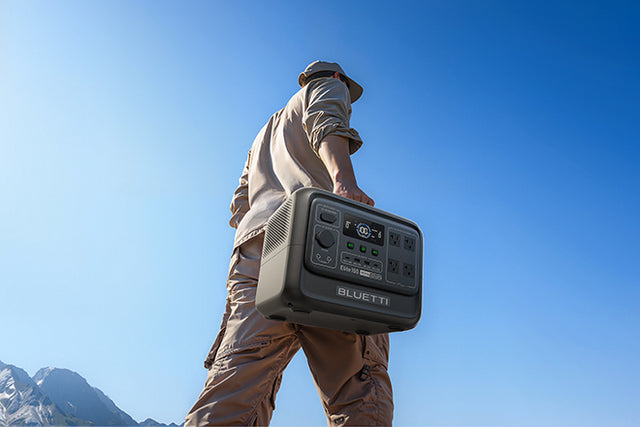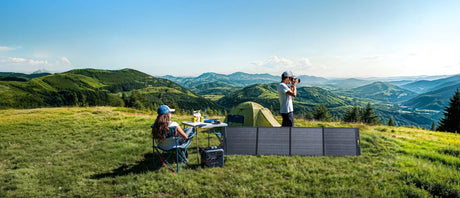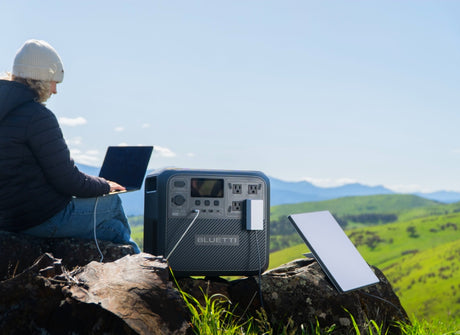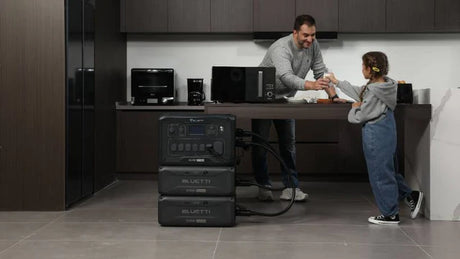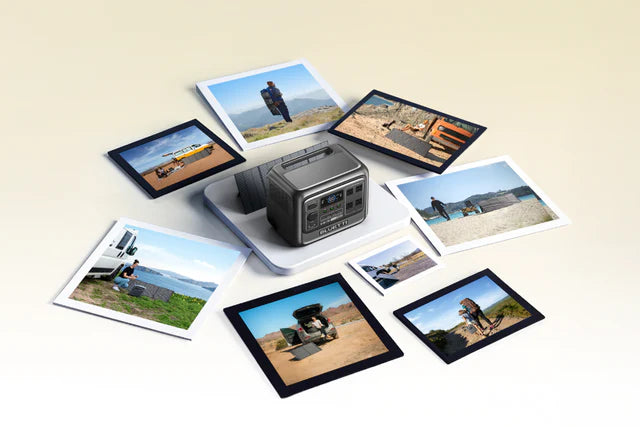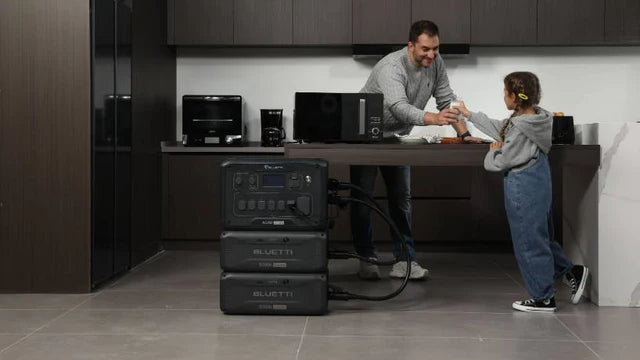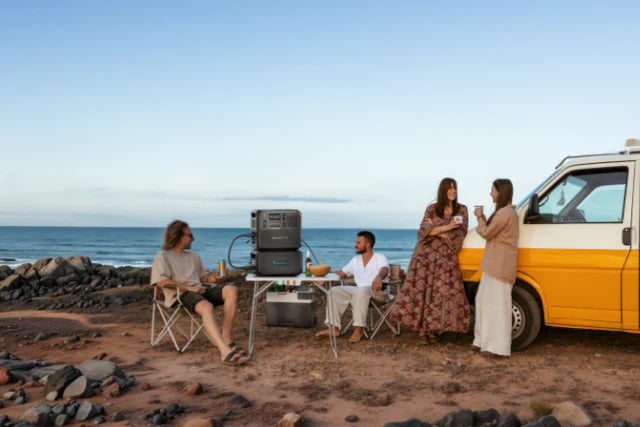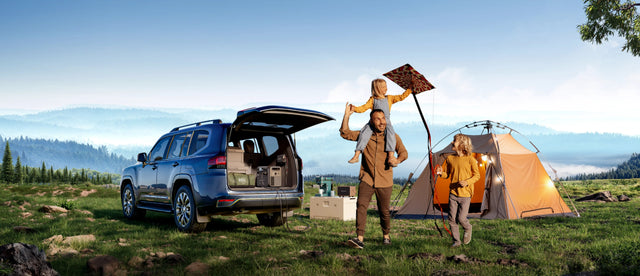An emergency kit is a good start for disaster preparedness, but to personally prepare yourself for an earthquake, you need an earthquake preparedness kit. Taking the time to build your own earthquake kits is a necessity if you’re serious about preparation.
In this guide, you’ll learn why a disaster kit should be different from an earthquake kit, what the very least you should put in it is and how a kit might change depending on space and who’s in the family, with practical advice on storage, rotation and cost savings.
Why You Need A Specialized Earthquake Preparedness Kit

There’s quite a bit of overlap between disaster kits, but an earthquake has its own risks. Unlike storms or floods, earthquakes often bring very immediate physical hazards such as tumbling debris and gas leaks. Power, water and communications are always on the fritz in large swaths of the affected region, possibly for days or weeks.
For these reasons, a basic earthquake preparedness kit will not be enough to help you through an earthquake disaster. Cities must also plan around earthquake-specific hazards like breathing in ash and dust, being hit by debris and managing utilities. Time planning is critical, as rescue may take even longer in remote or severely devastated areas. You should also take into account other special family needs such as babies, elders or pets, so your kit is complete.
That attention to detail adds immeasurable value in terms of your own ability to stay safe, comfortable, and self-rescue in this now life-threatening situation.
Basic Necessities Every Earthquake Preparedness Kit Must Include
The best place to start your earthquake preparedness kit is beginning with core survival items such as hydration, nourishment, first aid, electricity, communication and shelter requirements. These are items that you depend on most, your essentials, during a minimum of 72 hours.
|
Item |
Purpose |
Suggested Quantity |
|
Water |
Drinking and hygiene |
At least 3 days. 1 gallon of water per person per day (a 3 day supply for Canada) |
|
Non-perishable food |
Sustenance |
Three-day supply of non-perishable food, manual can opener |
|
First aid kit |
Treat injuries and medical needs |
Comprehensive kit including medications |
|
Light sources |
Visibility during power outages |
Flashlight/headlamp, glow sticks, extra batteries |
|
Communication |
Keep up to date and call for help |
Battery/hand-crank radio, whistle, phone back-up power (BLUETTI Elite 30 V2) |
|
Basic tools |
Utility management and quick fixes |
Multi-tool, gas/water shut-off tool, duct tape |
Water and Food
Water is your top priority. Be sure to stock 1 gallon of water per person per day for drinking, cooking, and hygiene. The food you purchase should be non-perishable and optimally more of the ready-to-go variety. The manual can opener becomes a must-have, because with this you’ll be able to open cans even in the event of a blackout.
First Aid and Medications

Make sure you have plenty of adhesive bandages, gauze pads, antiseptic soak solution and prescription medication in your first aid kit. Watch the bag and add to it or replace items as you go along.
Light and Communication
When there’s an earthquake, the power goes out, so reliable light is essential. Flashlights, headlamps, glow sticks and extra batteries allow you to see and be seen. A battery or hand-cranked radio offers post-quake information, and a whistle can help signal for assistance. A compact portable power station like the BLUETTI Elite 30 V2 could also charge phones or radios.
Basic Tools
The average home needs at least some multi-tools, wrench to turn off gas and water to the house, and duct tape for quick repairs/covering busted windows.
Earthquake-Specific Gear You Must Have
In addition to your regular earthquake kits, a full scale earthquake preparedness kit will include supplies tailored for earthquake related emergencies such as debris, dust, and structural collapse. Don’t forget to pack sturdy shoes and gloves, to protect your feet and hands from sharp objects or splinters. Dust masks or N95 respirators are required to prevent you from breathing in dangerous dust, ash and particles in the air when clearing out dust, ash and trash.
Safety helmets/hard hats are worn to protect the head from falling objects. Temporary shelter items such as tents offer protection in case you are forced out of your home. Stainless steel whistles and signal mirrors expand your possibilities of getting someone’s attention if you are stuck or separated from the group.
To keep costs down, use things you already have in the house such as the boots with stronger soles that you already have, or a couple of layers of plastic bags to protect your feet from getting wet. Don’t forget your pets. Bring their food, water, medication and a leash. Take into account any accessibility issues that you might need to address for loved ones who require special tools or medications.
Duration-Based Kit Strategies
How long you will need to keep yourselves alive from your earthquake preparedness kit is all about where you live and how much help you can expect. The duration of your kit items should be proportionate as follows.
|
Duration |
Contents |
Power Source |
|
72 Hours (3 Days) |
The bare minimum: food, water, first aid |
This is a compact portable power station (BLUETTI Elite 30 V2). Small lightweight (240Wh) portable power station; light and easy to carry, good for phone charging and small electronics. |
|
1 Week |
Extra food, water, shelter, sanitation supplies |
The BLUETTI Elite 100 V2 power station. 1024Wh LiFePO₄ battery; 1800W continuous output; fast 80% rechang in 45mins; silent generator. True UPS replacement with seamless transition to UPS backup for critical devices |
|
2 Weeks+ |
Extended supplies including freeze-dried food |
Even more Power (BLUETTI Apex 300). BLUETTI Apex 300 portable power station: Portable power, 2764.8Wh/3.7V offers 3840W output and 7680W surge, automotive-grade LiFePO₄ battery pack+ technology virtual maintenance-free, AC/solar/vehicle recharge, flexible-hybird-expandable configuration. |
72-Hour Kit
A basic kit contains items necessary for immediate survival. Food and water for three days, first-aid kit, light and devices to signal for help or communicate that are water resistant and operate on a small portable power station to keep phones juiced.
1-Week Kit
If you don’t expect any outside assistance for a week or so, add more food, water, shelter materials, and sanitation supplies. With BLUETTI Elite 100 V2 power station providing dependable, long-lasting power in the field and dependable, rapid recharging to get you ready for your next mission or keep crucial electronics functioning in top form.
2-Week or Longer Earthquake Preparedness Kit

In less densely populated or low-sustainability areas, make sure to be ready for even longer stretches of self-sustenance with a supply of food, water and material to maintain health and cleanliness. The BLUETTI Apex 300 is high-capacity with a powerful output and long-lasting charge, and it can run home appliances for hours. "It also charges quickly via the sun, and is constructed with an expandable durability.
Customizing Your Earthquake Preparedness Kit to Fit Your Family
There are several basic earthquake preparedness kit options, but it is best to create one for yourself or your family as well so no one gets left behind.
|
Group |
Add-On Items |
Why It Matters |
|
Children & Infants |
Bottles formula diapers wipes rash cream take along size blanket or comfort toy simple snacks for baby |
Maintains feeding and hygiene, minimizes stress during aftershocks |
|
Seniors/Health Conditions |
7–14 days of prescription meds, mobility aids, extra glasses, hearing-aid batteries, compression garments |
Continuity of care, decreased ER visits during surges |
|
Pets |
Food, water (bonus tip: store it next to your food and you won’t forget), popup bowls, leash, carrier, meds, vet/vaccination records |
Safety, shelter access, and reunification |
|
Vehicle Kit |
1-2 gallons of water, calorie bars, first aid kit, radio, power bank, reflective triangles, gloves |
Stranded safety if bridges/roads close |
For Children and Infants
Make sure to bring easily transportable, age-appropriate formula, bottles, diapers, wipes, diaper-rash cream and a blanket. To help keep a baby or a young toddler calmer during aftershocks and evacuation, tuck in a pacifier, soft toy or board book.
You can pre-measure formula into bags labeled with the number of ounces of water required, bring along extra clean water in case you have to mix more, a feeding kit that includes bottle brush and soap. Don’t forget changing pads, extra clothing layers and a bit of weather protection. You could also consider taping a parent contact card to the inside of the backpack and adding a photo that would be helpful in a reunification scenario.
Seniors or People with Health Problems
Keep a minimum 7- to 14-day supply of all prescriptions on hand, including copies of scripts and an updated medication list with dosages. Include a pill dispenser, spare eyeglasses, hearing-aid batteries, denture materials and incontinence supplies. If needed you may also want to pack a blood-pressure cuff, glucose-testing supplies or a spacer for inhalers. Integrate parts for canes, walkers or wheelchair attachments and market assistive devices. Keep filters and power options in the earthquake preparedness Kit for CPAP users as well as provider contacts.
For Pets
Prepare a stock of pet food, enough water for at least three days and any needed pet medicines with dosage instructions. Add travel bowls, waste bags, a sturdy lead and a collar or harness that fits correctly, as well as a carrier. Pack your vaccination records, microchip info and a photo for quicker reunification. Bring a blanket or toy for comfort, and, for cats, litter supplies with trays. The owner's contact information is included on the carrier, but keep an ID tag.
Vehicle Kits

Keep a small earthquake preparedness kit in your trunk. Store sealed water pouches, calorie-dense snacks, a first aid kit, headlamp, phone charging cable, reflective triangles and a whistle. Toss in a power bank, gloves, a rain poncho, blanket and maps if you lose or don’t have cell service. If you have kids or pets at home, pack a to-go bag for a few days that will cover what your family will need if the order continues longer than you expected and allows you to shelter in place, or drive closer to home once an order is lifted.
Storage, Maintenance, and Grab-and-Go Planning
The only thing harder than assembling the perfect earthquake preparedness kit is knowing what to do with it and how. You have to think about where you leave it, how you store it and how to ensure that it is easily accessible in an emergency.
Keep a central kit in the house out of reach and ideally, out of sight to anyone who does not require it and make sure all members of your household know where it is located. If you store extra kits near exits or in the rooms where you spend most of your time, you can grab them quickly if it’s necessary to evacuate.
Regular maintenance is essential. Check out your food and water every six months, tossing expired medication or batteries, replacing out-of-season clothing. Store paperwork that’s difficult to replace in waterproof bags inside the kit.
Practice running for your kit and meeting at a safe spot. That’s to ensure that everybody knows how to respond during a very high intensity, high stress earthquake.
Safety Tips Beyond the Kit at Home
Since your earthquake preparedness kit will give you the power to survive, having a prepared house will reduce the risks of injuries and damage. Here’s what you need to do.
Anchor Heavy Objects Securely
Among the key ingredients to keeping safe in an earthquake is securing heavy objects, such as bookshelves, televisions or cabinets. You should bolt them into studs using wall anchors, safety straps or L-brackets. Anchoring heavy furniture is also good for children and pets, who could be the most at risk during an earthquake.
Install Safety Latches on Cabinets
Kitchen cabinets, especially those stocked with glassware or cleaning products, can fly open during an earthquake and throw dangerous debris into the room. You can reduce that risk with childproof or earthquake-specific safety latches.
Non-Slip Mats and Safety Pads for Assistance
Microwaves, small ovens or desktop computers will shake and fall. Putting nonskid mats under them, or securing pads to the bottom, will also keep them from sliding. This investment could save you from injuries, expensive replacements and help keep your home safer following a quake.
Protect Windows and Glass Surfaces
Injuries from broken glass is a leading cause of injury in earthquakes. Taped safety film on windows and glass doors helps prevent shattering, while heavy curtains may also serve as a barrier against flying shards.
Label and Shut Off Utilities Quickly
You also should know where your gas, water and electrical shutoffs are, and clearly label them. Fire, flooding and electrocution can be the result of leaks and sparks post-earthquake. Key to quick action is to have shutoff tools on hand and educate all family members in their use.
Create Clear Exit Paths
After a quake, cluttered hallways and blocked doorways can ensnare people inside. Be certain you have clear pathways in your home, and avoid placing heavy boxes or items near the exits. This readiness ensures that you can get out fast, even if the quake came in the middle of the night when all is dark and disoriented.
Practice Household Drills Regularly
You should participate in drills that involve going for your earthquake preparedness kit, and meeting at rendezvous points. The more you do these routines, the less confusion there is in a real-life emergency. This teaches kids, as well as the elders and pets, to be more comfortable which would help make the kit effective when needed.
Structuring A Cost-Effective Earthquake Preparedness Kit
With a little planning, ingenuity and resourcefulness, you don’t have to spend a fortune on an earthquake preparedness kit. The idea is to have the most utility at the lowest cost to keep your family safe and secure, even when cash is tight.
Buy in Bulk, Store and Rotate Supplies
It’s really a no-brainer to save money by buying non-perishable foods, bottled water and first aid essentials in bulk. Wholesale outlets and seasonal sales might offer discounts on items such as canned goods, rice or batteries. In order not to waste, rotate your stock to use the oldest items and buy more.
Choose Multi-Use Tools
Rather than carrying around loads of single-purpose gizmos, stock your kit with less-specialized gear. A good multi-tool can replace a bunch of single purpose items and duct tape will be able to fill dozens of repair/sealing needs. Pots that are also storage containers and tarps that double as rainproof shelters, ground cloths or even spur-of-the-moment rainwater catchers can be great money savers.
Reuse Household Items
Take a look at what you already use in your home before purchasing new gear. Sneakers with a thick sole, backpacks or extra blankets can each be part of your earthquake kit. Upcycling these common objects is cheaper, better for the environment. Resealable jars, plastic containers or empty water bottles can even serve as safe containers for food, medicines or small supplies.
Shop Smart and Use Free Resources
Government agencies, non-profits and outdoor retailers frequently post free printable checklists listing necessary earthquake gear. Leaning on these guides also layers in a safeguard against purchasing unnecessary extras. While you are shopping, look at second hand stores, or online marketplaces for inexpensive prices on camping stoves, lanterns, or backpacks. Sales on seasonal gear, particularly during clearance events are another great way to piecemeal a kit together over time and cheaply.
Go Battery-Free Where Possible
If you want to save on recurring costs, opt for manual or hand-crank models when available. Hand-crank flashlights, radios or phone chargers guarantee you have access to a reliable tool that won’t require constant battery replacements. These simple low-cost solutions are eco-friendly and made with reliable materials and they make good sense for your home preparedness kit
Frequently Asked Questions
How many gallons of water do I need per person?
Store at least a gallon (each) per person, per day of drinking water that will last at least three days.
Do I need a separate kit for earthquakes, compared with other emergencies?
Yes. Earthquake preparedness kits have to include bags tough enough to hold protective gear such as gloves, masks, helmets, and help rescuers drag victims through debris.
May I include prescribed meds/offer a travel-size hygiene kit?
Yes. Prescription meds for a week minimum and travel-size personal toiletries to conserve space.
Where do I keep an earthquake kit for my aging parents?
Store the bag, which should be labeled and tailored to their mobility and medications, somewhere near their bedroom or in another easily accessible place.
How often should I revisit my earthquake kit and update it?
Conduct an inventory of your kit at least twice a year, replacing water, food, medications and batteries that have expired and refreshing clothing and supplies seasonally.

